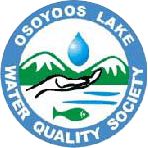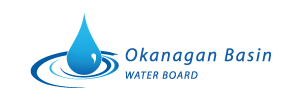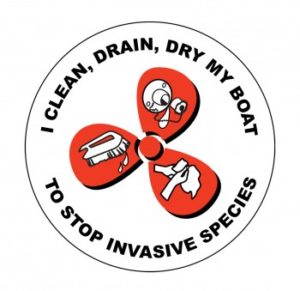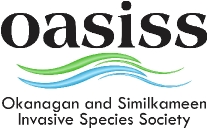Phosphates
What are phosphates?
Phosphates are a nutrient essential to support life. Made of phosphorus and oxygen, they occur naturally in all forms of life, both vegetable and animal. Our genes, bones, teeth, and muscles all contain phosphates. They were present in the earth’s ecosystem well before humans arrived. Phosphates in ancient sea beds are mined to form the raw materials for toothpaste, fertilizer, baking powder, evaporated milk, household cleaners, soft drinks, cured meats, water softeners and many other products that we take for granted in our lives.
 |
 |
 |
|
Some household products such as toothpaste and dishwasher detergent contain phosphates: others such as dish soap do not. It’s important to read the labels!
|
||
Are phosphates bad?
Phosphates on their own are not bad: indeed, they are an important part of the ecosystem. However, Osoyoos Lake – and other lakes in the Okanagan – have been found in the past to contain abnormally high levels of phosphates. These are caused by runoff from agricultural fertilizers, domestic and industrial overuse of phosphate cleaners, and naturally high levels of phosphate in our surrounding mountains. It all leaches down and accumulates in Osoyoos Lake.
Small floating plants called algae, the smallest organism in the food chain, absorb the nutrient-enriched (‘eutrophic’) water and grow much too quickly in these conditions. As the algae dies, it uses up the oxygen in the water, literally smothering all other plant and marine life, and destroying the balance of this very delicate ecosystem.
In 1972, the Canada Water Act placed a limit on the proportion of phosphates in laundry detergents. No detergent could contain more than five per cent phosphates by weight. Many other states, provinces and municipalities throughout North America also introduced phosphate limits and bans in the early 1970s. Higher levels of phosphates are permitted in industrial and hospital laundries and in dishwasher detergents.
Before phosphates became a public target, detergent foam was clearly isible in many lakes and rivers. Manufacturers touted “long-lasting” suds (which had no effect on their cleansing ability) and formulated detergents with long, branched molecules that broke down very slowly. In response to public demand, they reformulated their products and advertised them as “biodegradable.”
What’s happening today?
Phosphate levels in Osoyoos Lake have improved primarily due to:
- up river communities such as Penticton and Kelowna have improved and upgraded their sewage treatment plants,
- changes in agricultural practice (fruit trees giving way to vineyards) which need less irrigation and fewer fertilisers,
- increase in public awareness
Tests in Osoyoos Lake show that phosphates are now at an acceptable level and have been for several years. Nitrates have also dropped considerably in the lake, although they are still a concern in our surrounding aquifers (groundwater).






